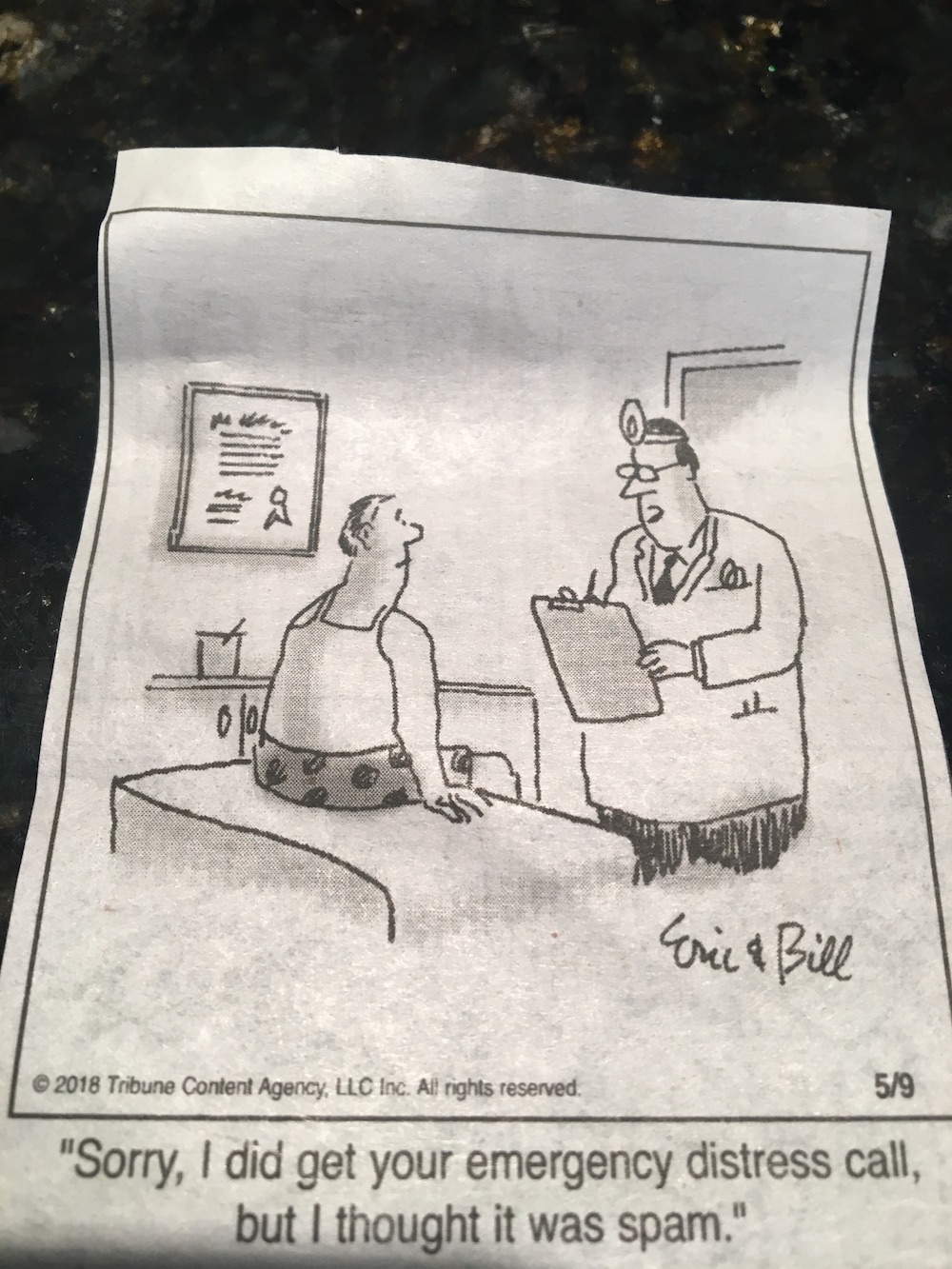CRM: Creating Efficacy Via the Personal Touch
The trend toward Customer Relationship Management (CRM) systems is strong, and for many good reasons. First and foremost, labs that adopt CRM quickly see a cost and time savings that can be substantial, strengthening an organization’s bottom line. It’s a potentially important facet of a modern laboratory operation.
From a Dark Daily article from July of last year:
Across the nation, clinical laboratories and anatomic pathologists face two common challenges. One is shrinking lab budgets and less payment for lab tests. The other is the need to maintain physician and patient services at a high level. Both factors are fueling greater interest in lab and healthcare-specific customer relationship management.
Stated another way, labs and pathology groups are being squeezed by the need to operate on less revenue, while also increasing their quality of customer service to retain existing clients and expand market share. CRMs are a proven way to achieve and sustain superior levels of customer service in a surprisingly cost-effective way. In fact, many labs that implement a CRM find that the return on investment comes swiftly, in just a few months.
But possibly since the invention of the slide rule, potential adapters of a new technology have held legitimate concerns as to what the “trade off” is. Let’s just say that if you work with someone to implement a CRM system that doesn’t have “the personal touch,” and that can’t spend time listening and asking questions to learn about the specifics of your individual operation, then concerns are certainly justified.
 What we see in early stage labs is a manual or custom-created system for managing customer contracts. Often these are enhanced client lists, where the lab has client data scattered over multiple systems like lab and billing, spreadsheets, and sales tracking files. Managing the customer information is important so that it stays up-to-date in one place. Customer records stored in one place allows for multiple departments to update the data that can be shared across the whole enterprise. (Bonus: Associates at your lab spend less time “pushing paper” and more time doing what they were actually hired to do.)
What we see in early stage labs is a manual or custom-created system for managing customer contracts. Often these are enhanced client lists, where the lab has client data scattered over multiple systems like lab and billing, spreadsheets, and sales tracking files. Managing the customer information is important so that it stays up-to-date in one place. Customer records stored in one place allows for multiple departments to update the data that can be shared across the whole enterprise. (Bonus: Associates at your lab spend less time “pushing paper” and more time doing what they were actually hired to do.)
There are lots of options out there as far as CRMs go. There are the systems that resemble more of an Enterprise Resource Planning tool which have more than just customer information such as analytics, portals for client and customer communication, customer support features, etc. An example of this would be SalesForce.COM and HC1. Both are great systems where you pay for the extra features. There are many generic CRMs available on the market, and many are excellent tools. But only those asking the right questions will know which path in this fork in the road is right for you.
Otherwise, training and implementation are the keys to success. Regardless of how good the CRM is, the way your associates are trained and how the CRM is configured will make or break the implementation. Many CRMs fail, not because of the software, but because of the implementation. Successful CRM execution happens when the organization’s culture is changed to use the CRM in the critical customer-facing departments. You can’t just use the CRM sometimes and make it work. Again, implementation needs the personal touch.
U.S. Heathtek’s CRM is a fully functional Customer Relationship Management system that is affordable, can be tailored to the operational needs (such as connecting to both the lab and billing systems, etc.), and has both an integrated supply order and online compendium module. Regardless of whether you use our CRM or another brand, getting it installed correctly and having it supported through and post the process will make or break the adoption.
So my advice? Commit to a CRM solution, but don’t pull just anything off the shelf. Partner with a consultant who knows that communication is key, and who clearly understands that while it’s business, it’s also personal.

